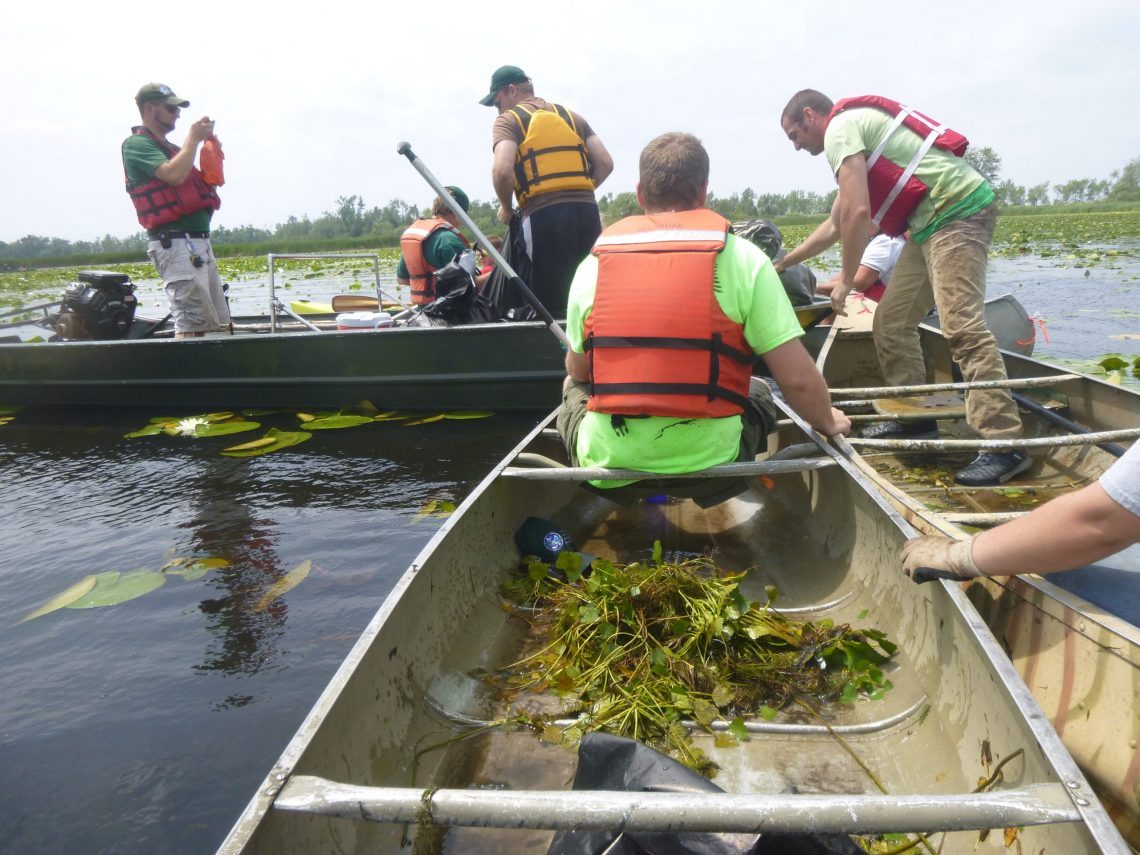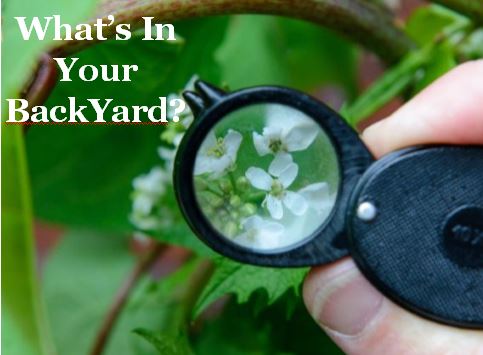The St. Lawrence Seaway is a high risk area for the introduction of Ambrosia beetles. These invasive beetles can attack freshly cut lumber and lumber in decks before it is dried, and they cause pinhole defects and dark staining in the outer wood. Galleries formed in the sapwood or heartwood also cause damage. SLELO is monitoring traps in the region to aid an early detection effort lead by the NYSDEC.
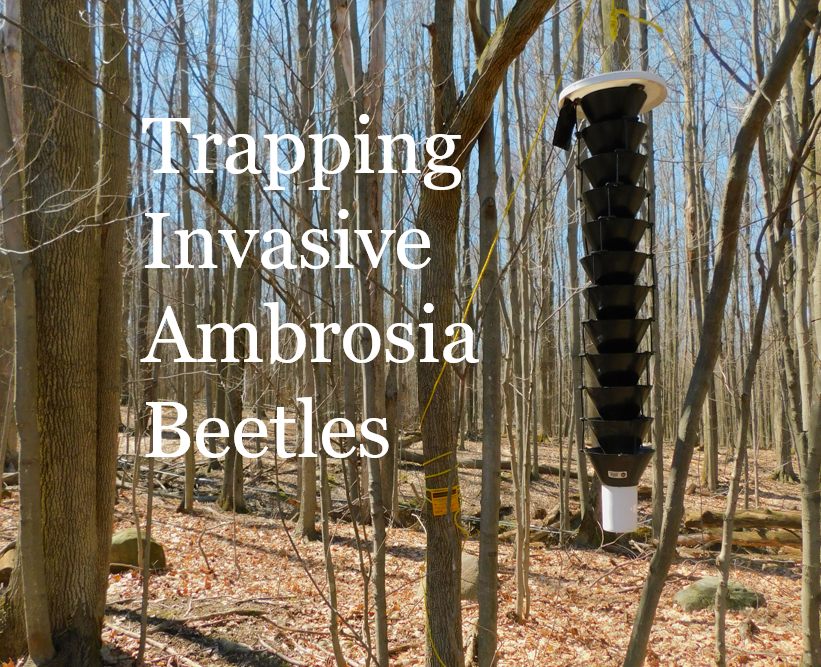
Trapping Invasive Beetles
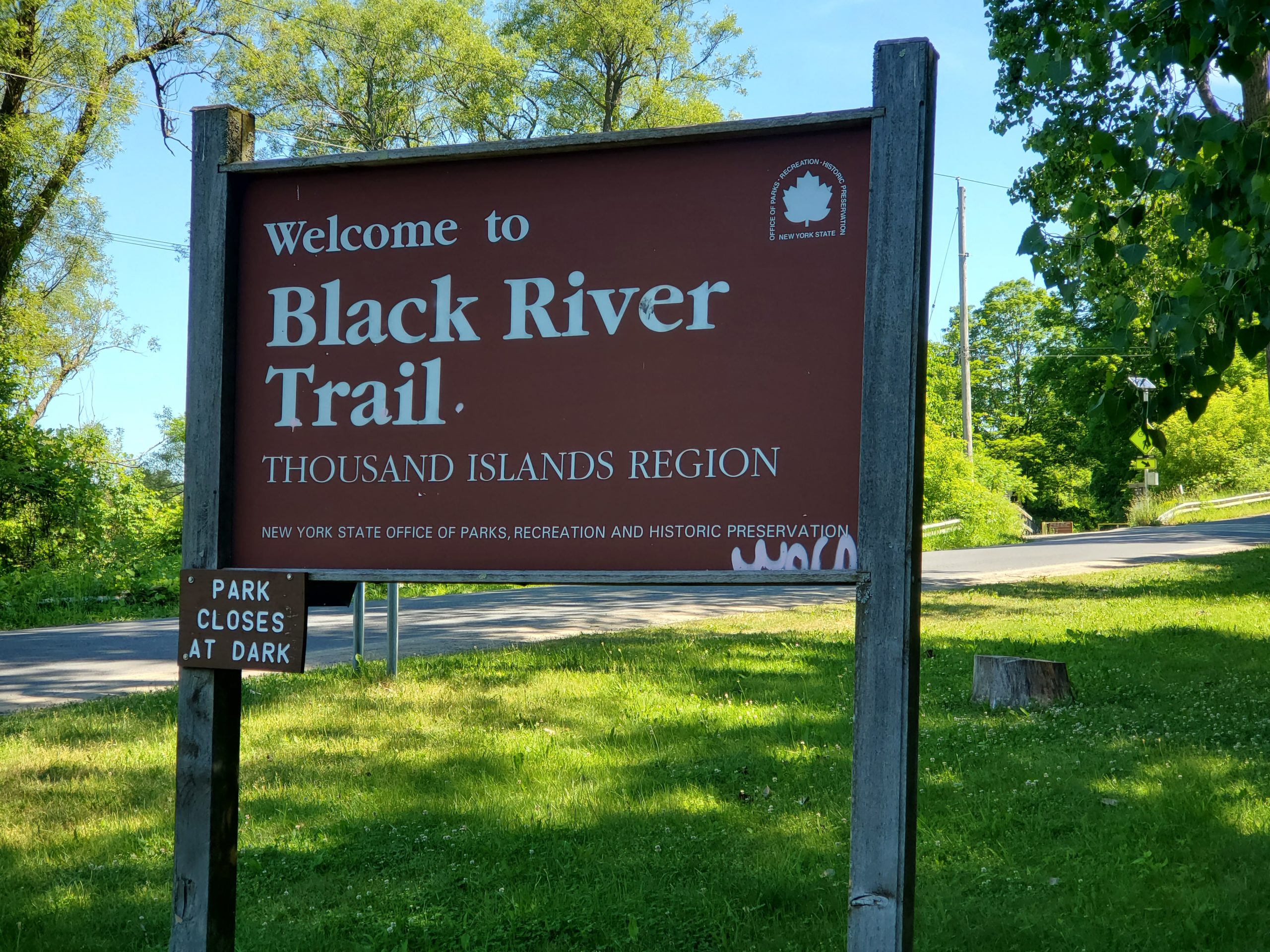
Prioritizing Restoration on the Black River Trail
85 Riparian Acres have been prioritized for restoration on the Black River Trail.
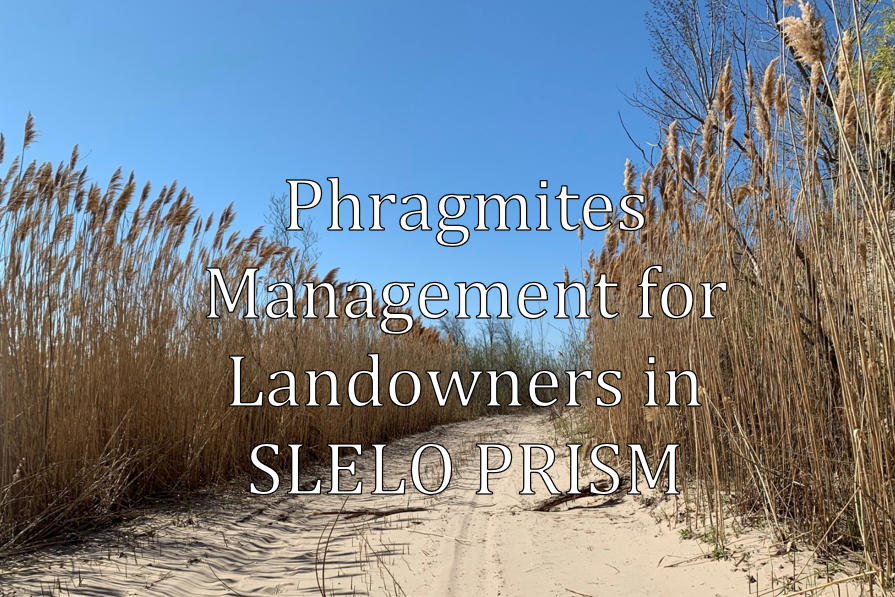
Phragmites Management for Landowners in the SLELO Region
As a landowner, it is important to preserve native biodiversity and protect your assets from the negative impacts of invasive species. Common reed or Phragmites australis, is one of the most common invasive plants in the SLELO region. Landowners who have this plant on their property can help control the spread of this plant through a variety of feasible control techniques.
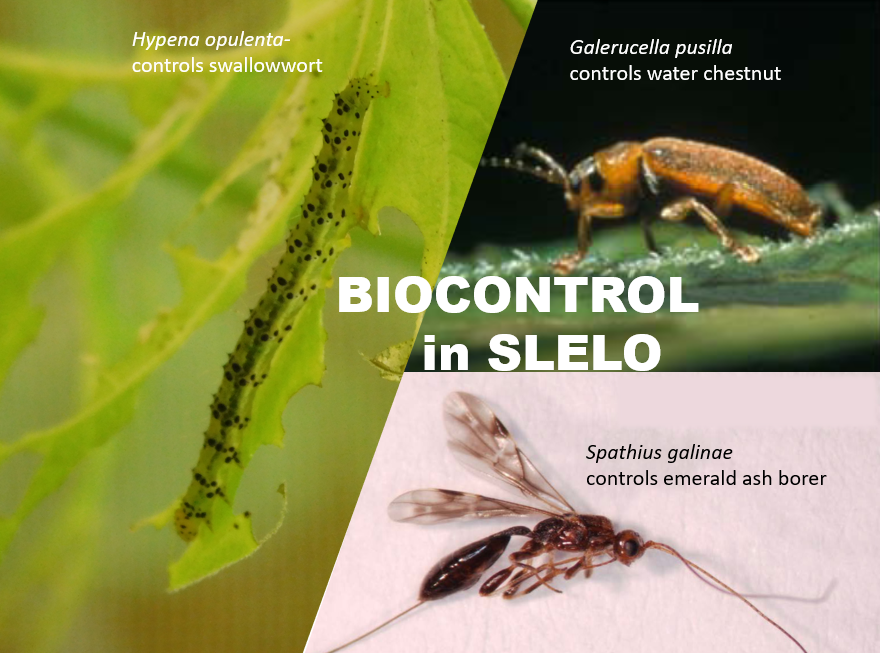
Biocontrol Use in SLELO
The main benefit of using biocontrol is that they conduct the management for you, keeping invasive species populations in check and reducing the need for human intervention.
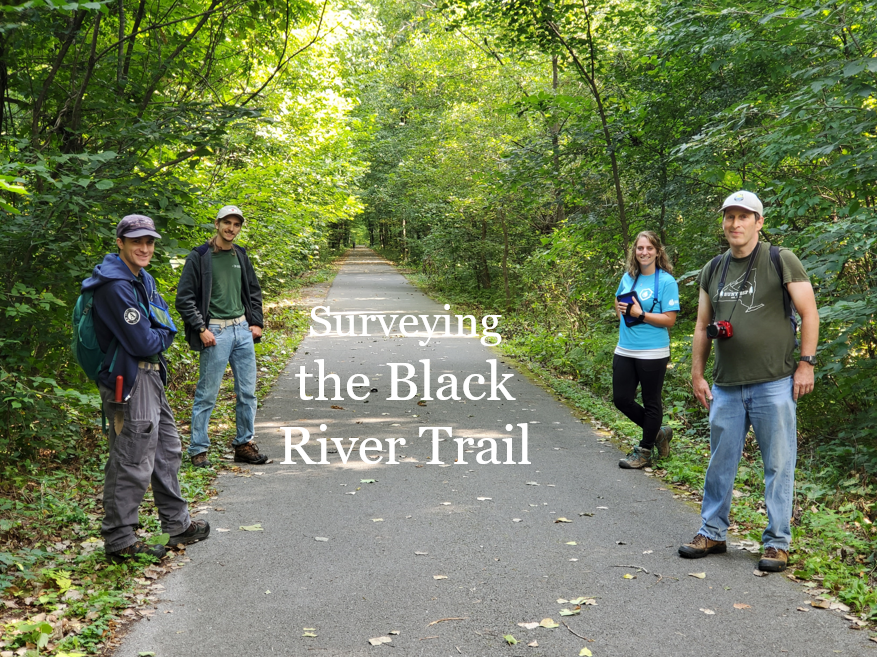
Black River Trail Feasibility Study
Over the summer Brittney and Robert (our Early Detection Team), and partners with Parks, conducted a survey to determine the feasibility of invasive species removal/control and restoration work.
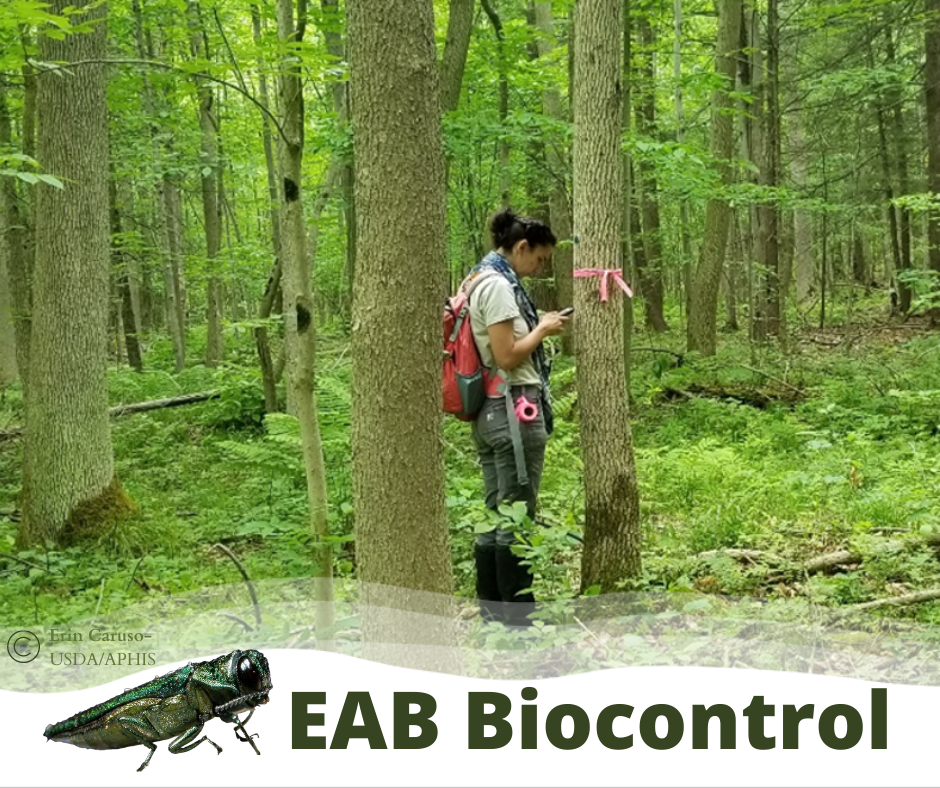
Emerald Ash Borer Biocontrol
The SLELO region is part of an exciting pilot study that is investigating combining short-term systemic insecticides and long-term biological control to help preserve ash resources in black and green ash forests.
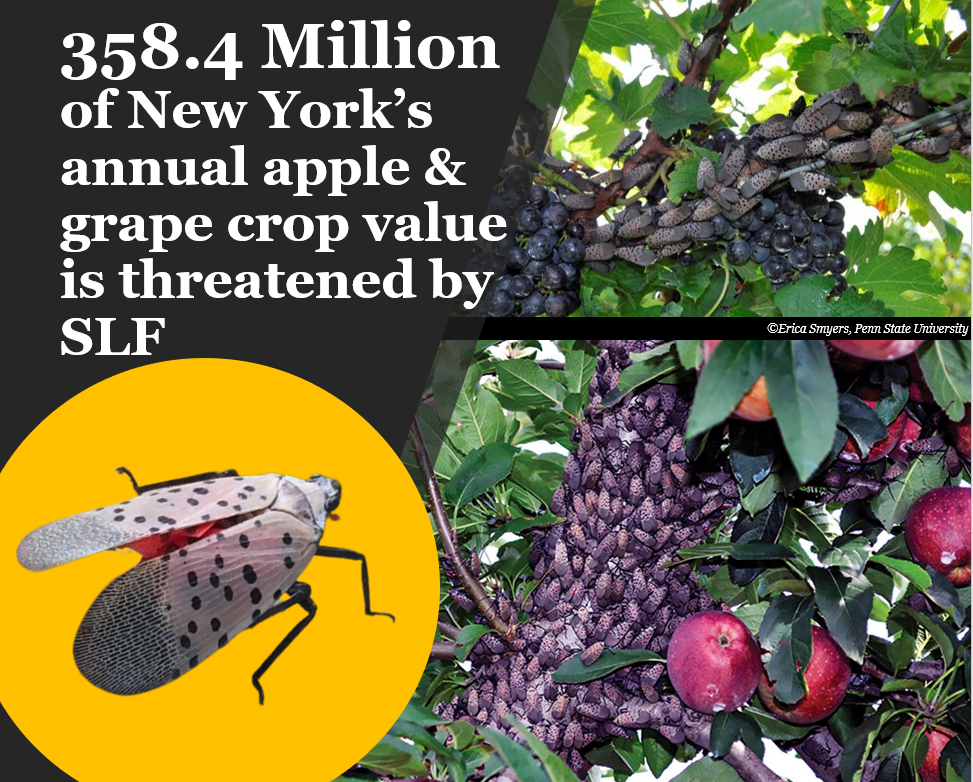
Spotted Lanternfly In New York- Now What?
Spotted lanternfly feeds on nearly 70 different plant species including apple and grapes. Being that New York is the second largest apple producer and third largest grape producer in the US the state stands to loose $358.4 million in annual crop yields.
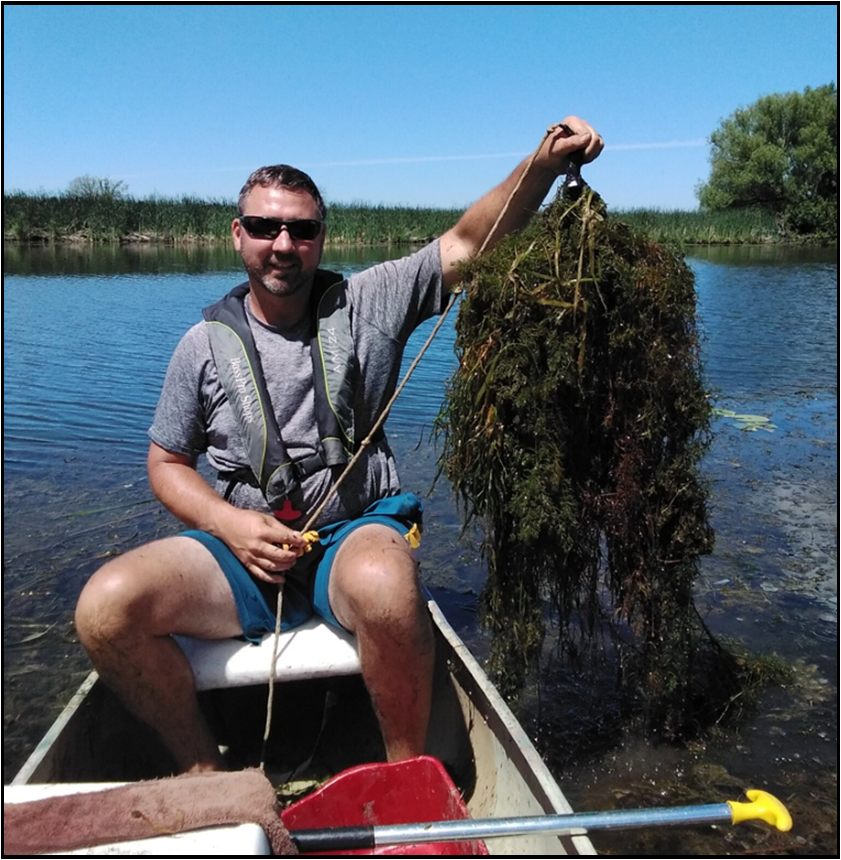
Aquatic Restoration Initiative Phase 1 Assessment Complete
The first phase of this initiative, “Aquatic and Riparian Invasive Species Inventory and Habitat Assessment,” focused on three select tributaries in Eastern Lake Ontario—Sandy Creek, South Sandy Creek and Deer […]
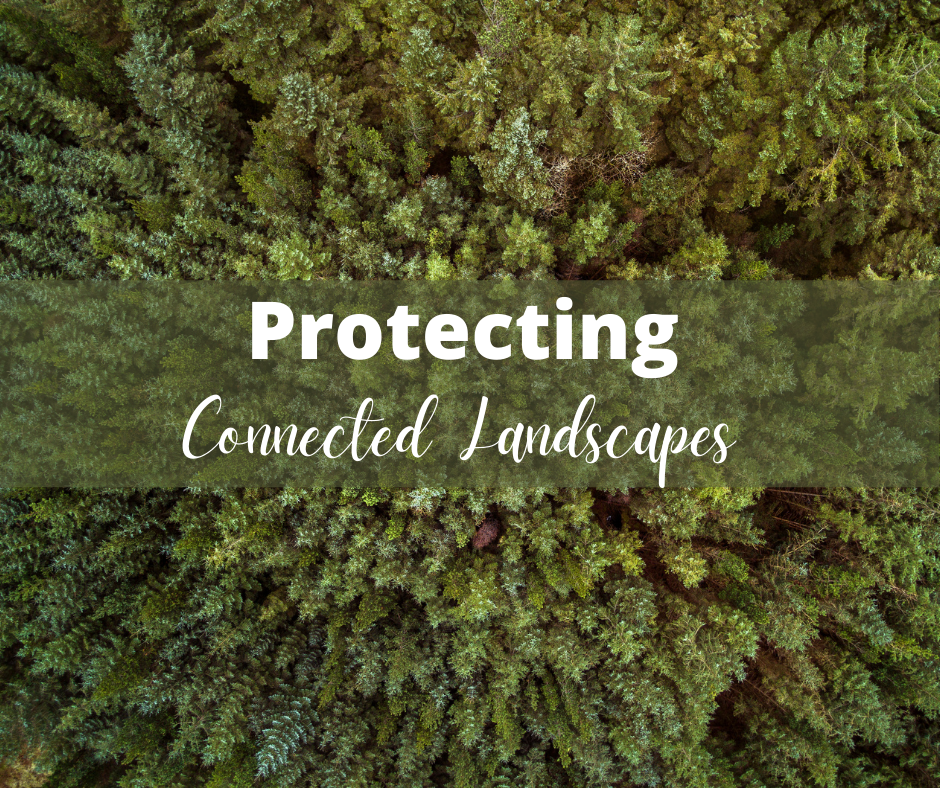
Protecting Connected Landscapes
Connected landscapes are critical to sustaining diversity and resiliency in a changing climate.
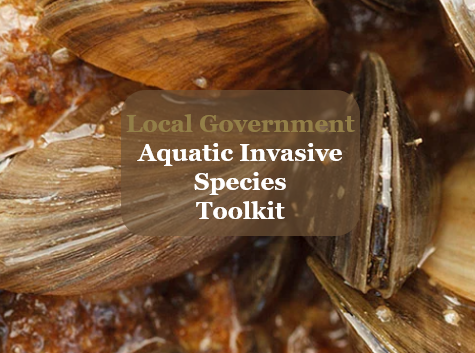
Local Government Aquatic Invasive Species Toolkit
To assist local governments with navigating the regulatory framework associated with
high-risk priority aquatic invasive species.
